"Unlocking the secret to flawless skin begins with personalised care."
Moles are a common feature on the skin of almost everyone, appearing as small, dark spots that are often overlooked. These spots, while usually harmless, carry important information about our health, genetics, and environmental exposure. Understanding what moles are, why they form, and their different types is essential for maintaining skin health.
For individuals seeking specialised care for moles, NU.U Clinic provides personalised treatment options and expert care, focusing on the needs and concerns of each patient.
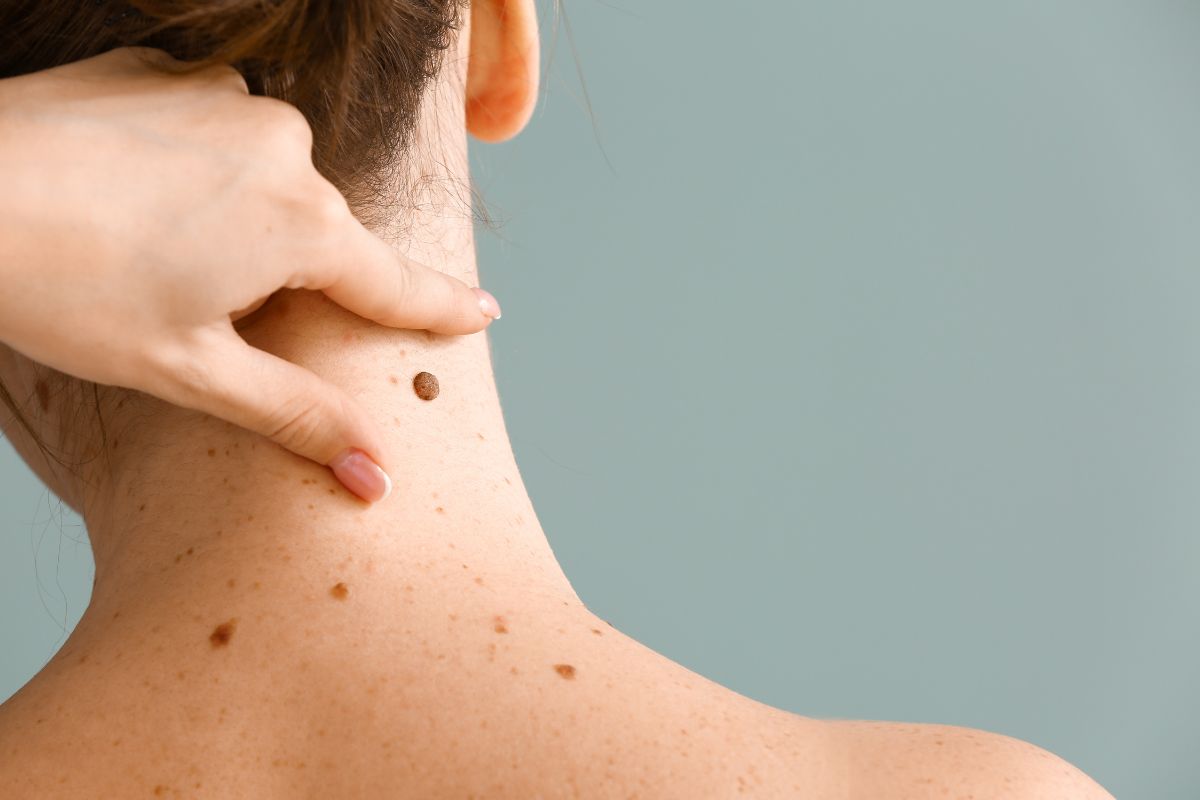
Moles
Medically known as naevi, moles are clusters of pigment-producing cells called melanocytes that are found in the skin. The number, size, and appearance of moles can vary significantly from one person to another. People with lighter skin tones might notice they have more moles, a result of both genetic factors and sun exposure. While the majority of moles pose no health risk, changes in their size, shape, or colour should prompt a consultation with a dermatologist to check for signs of skin cancer.
Causes of Moles
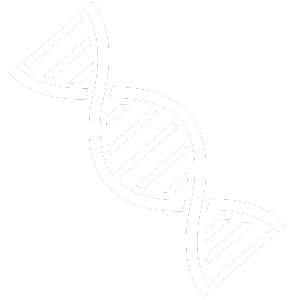
Genetics
Our genetic makeup significantly influences the development of moles. If your family members have a lot of moles, it's likely you will too, highlighting the role of heredity in determining skin characteristics.

Sun Exposure
The sun plays a major role in the formation of moles. Ultraviolet (UV) light from the sun stimulates melanocytes, leading to increased melanin production and the development of moles. This is particularly noticeable in people who had extensive sun exposure during their childhood and teenage years.
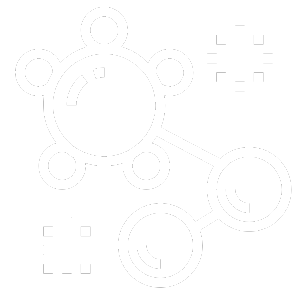
Hormonal Changes
Moles can also be affected by changes in hormone levels, such as those experienced during puberty, pregnancy, or menopause. These changes may cause moles to become darker or larger, and new moles may appear.
Types of Moles
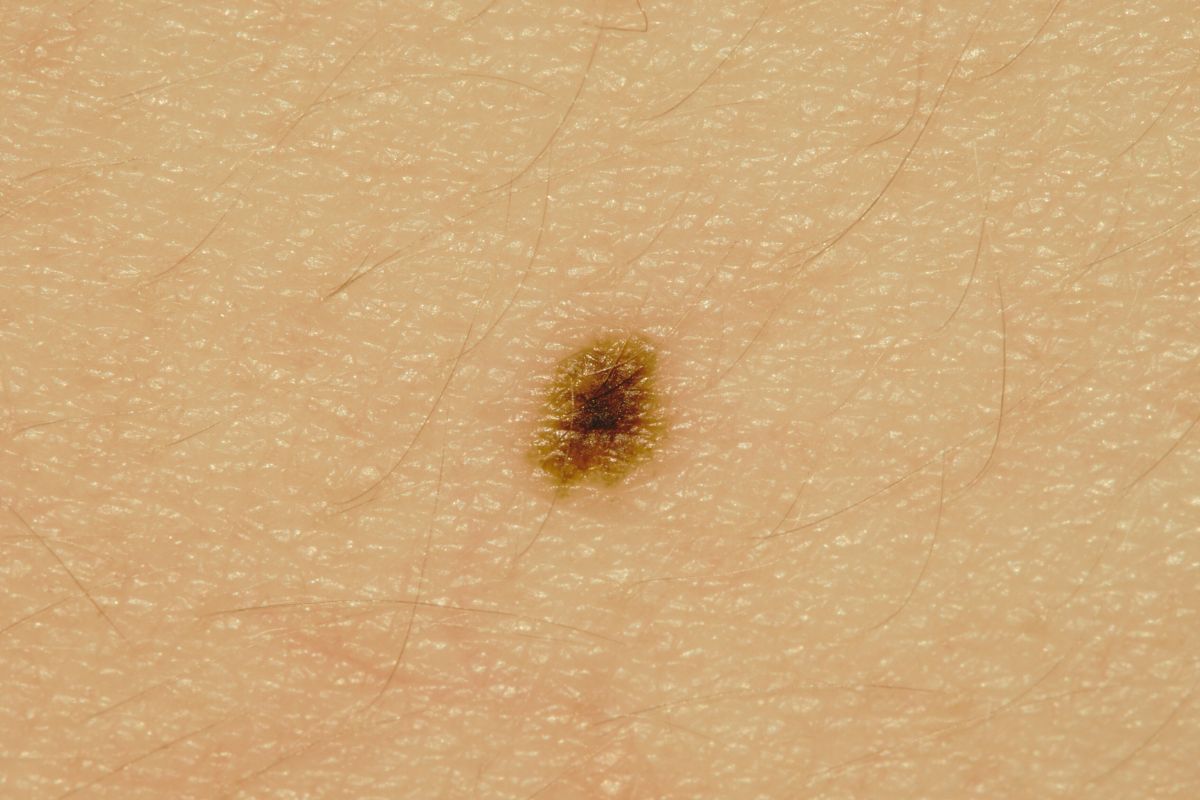
Congenital Nevi
Moles present at birth or that develop shortly after are called congenital nevi. Although most are harmless, larger ones have a higher risk of developing into melanoma, making it important to monitor their growth and changes.
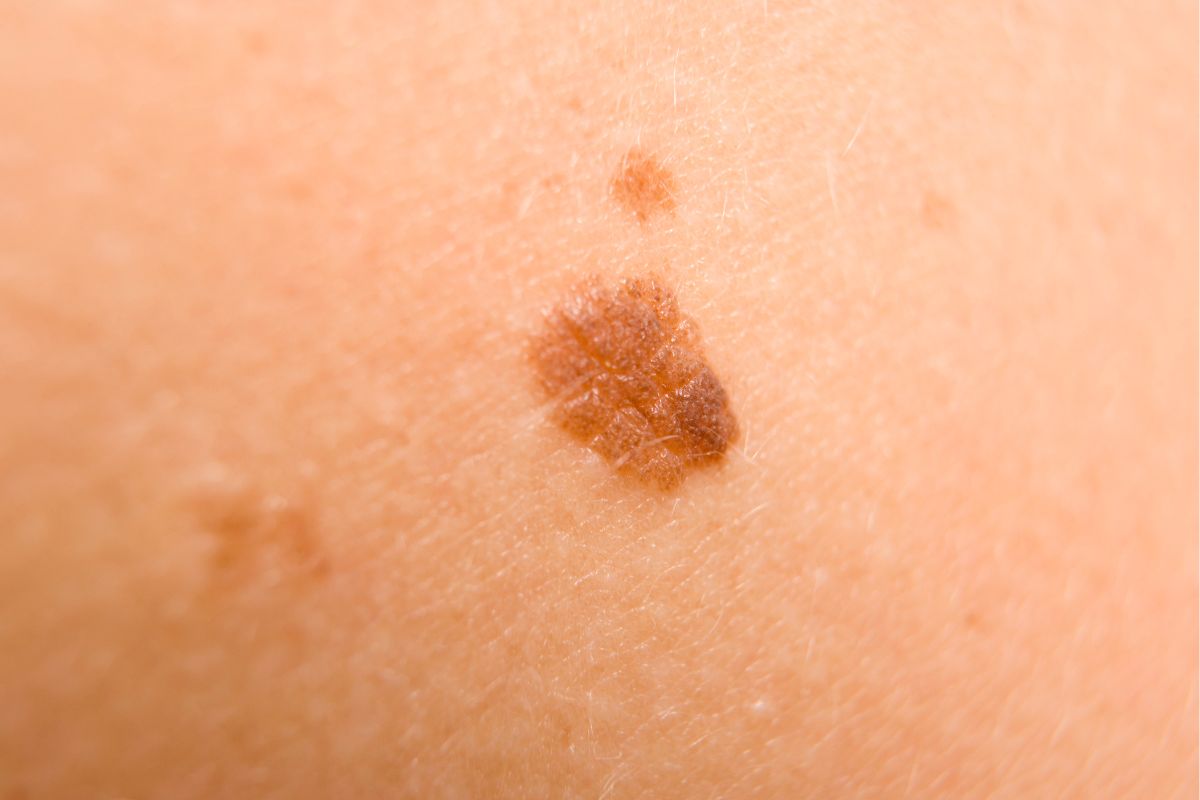
Acquired Nevi (Common Moles)
Moles present at birth or that develop shortly after are called congenital nevi. Although most are harmless, larger ones have a higher risk of developing into melanoma, making it important to monitor their growth and changes.
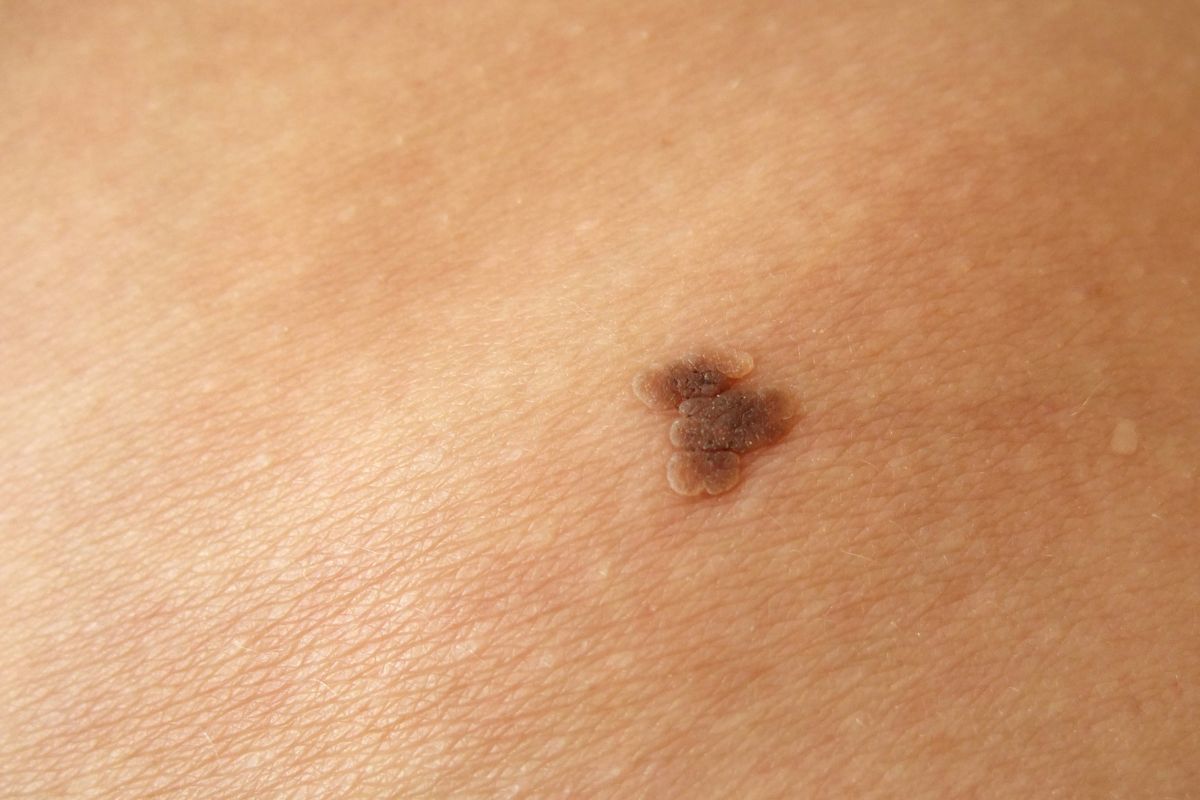
Dysplastic Nevi (Atypical Moles)
Atypical moles, or dysplastic nevi, are less common and characterised by irregular shapes, uneven colouring, and blurred borders. While most are benign, they have a higher risk of becoming cancerous compared to other types of moles and should be monitored closely by a healthcare professional.
Treatments for Moles

CO₂ Laser Treatment
CO₂ Laser Treatment with RF ((Radiofrequency) is used to improve skin texture and address signs of ageing by delivering precise laser energy to targeted skin layers. This process may help reduce the appearance of wrinkles and age-related skin changes while supporting collagen production. Treatment outcomes vary based on individual skin conditions, and a consultation with a qualified healthcare professional is recommended to determine suitability.
Conclusion
In conclusion, moles are a common skin condition that varies widely among individuals in terms of appearance, quantity, and potential health implications. Understanding the causes and types of moles is crucial for recognising changes that may require professional evaluation. With advancements in dermatological treatments, addressing moles has become more effective, offering minimal discomfort and downtime.
For those considering treatment for moles, NU.U Clinic provides personalised care plans tailored to individual needs and conditions. By choosing NU.U Clinic, patients can expect a thorough consultation process, where a professional team assesses skin suitability for various treatments and recommends the most appropriate approach. This commitment to personalised care ensures that each patient receives the optimal treatment strategy for their specific skin concerns, including addressing mole.
"Unlocking the secret to flawless skin begins with personalised care."





 +65 6732 9989
+65 6732 9989 +65 9152 3582
+65 9152 3582